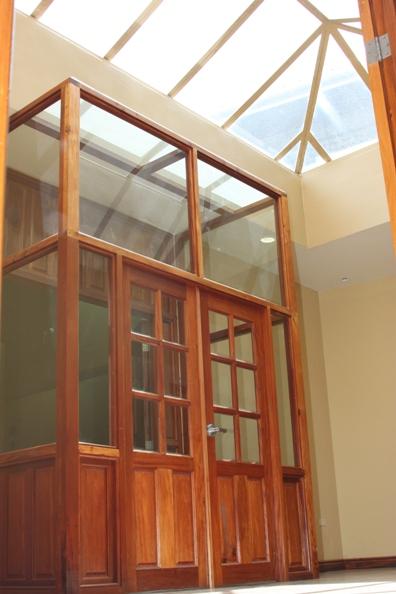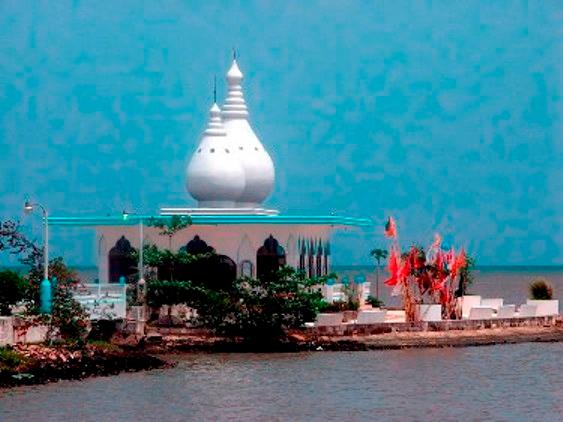Cremation Services
 Cremation is an alternative to the burial process and it is chosen by many people because of religious beliefs, the desire to preserve the environment or it was requested by the person who died. Cremation is also a less expensive option in comparison to a burial. The remains are placed in a combustible receptacle which is then placed in a special furnace called a cremation chamber or a crematorium, where through intense heat it is reduced to bone fragments that are then processed to resemble fine sand.
Cremation is an alternative to the burial process and it is chosen by many people because of religious beliefs, the desire to preserve the environment or it was requested by the person who died. Cremation is also a less expensive option in comparison to a burial. The remains are placed in a combustible receptacle which is then placed in a special furnace called a cremation chamber or a crematorium, where through intense heat it is reduced to bone fragments that are then processed to resemble fine sand.
Cremated remains can be scattered or buried, or they may be kept with the family in a decorative urn. There are many new and different ways to dispose of ashes today. However, disposal of ashes is regulated by The Cremation Act of Trinidad & Tobago. Please click here to access a copy of the Act from the official website of the the Ministry of the Attorney General and Legal Affairs.
Cremations can be performed at J. E. Guide Funeral Home & Crematorium Limited in our sky view crematory or at one of the many Municipal/Regional Corporation cremation sites as is required in some religions. A list of Municipal/Regional Cremation Sites can be viewed at the official website of the Ministry of Rural Development & Local Government by clicking here. Our sky view crematorium is located to the rear of Chapel 1 and affords privacy for family and loved ones. The sky view allows natural light to seep into the foyer where your family may be gathered.
The steps to perform a cremation are the same as that of a burial with the additional requirement of a permit to cremate human remains. Please refer to our section on earth burials for further details by clicking here. The Cremation Regulations require several documents to be completed and approved. The Funeral Home will provide the family with these forms and assist with the completion and approvals by the necessary authorities:
- Form A - There are 2 versions of Form A depending on the type of cremation:

- Version 1 - Application for a permit to cremate human remains: This form contains general information about the applicant and the deceased and is used to apply for permission to cremate in a crematorium
- Version 2 - Application for a permit to construct a funeral pyre and to cremate human remains: This form contains general information about the applicant and the deceased and is used to apply for permission to cremate human remains at an outdoor cremation site.
- Form B - Permit to cremate human remains: This form is completed by the Police and provides the applicant with permission to cremate the body
- Form C - Certificate of Medical Attendant: This form is completed by the medical practitioner who attended to the deceased during illness and who can certify as to the cause of death or by the District Medical Officer (DMO).
- Addendum to Form C - Confirmatory Medical Certificate: This form is completed by a second medical officer who is not a relative of the deceased or a relative or partner of the medical practitioner or the medical officer who has signed off on Form C.
- Form E - Certificate After Post-Mortem Examination: This form is used only when required and is completed by persons authorized by the Director of Medical Services. If this form is used, the medical practitioner is not required to complete Form C and Addendum to Form C.
As with an earth burial, once you have attained all the documents in addition to the Forms indicated above, your family can take them to the Funeral Home to make final arrangements. We have summarized the documents below, but, please note a family can come into our office to start preliminary arrangements before they have completed all the steps:
- One (1) copy of the Cause of Death Certificate
- One (1) of the copies of the old form Death Certificate you received from the Registrar of Births and Deaths District Office
- One (1) copy of the Electronic (polymer) Death Certificate (where applicable)
- One (1) copy of the deceased's ID
- One (1) copy of the ID of the person responsible for making arrangements
- The original Forms A, B, C and E for a permit to cremate human remains
Cremation FAQ
What is Cremation?
Cremation is the process of reducing the human body to bone fragments using high heat and flame.
Is a casket needed for Cremation?
No, however some kind of receptacle is required. There are other options to using a casket:
- A Rental Casket is available where the body is placed in a tray which is then placed inside a decorative casket. Prior to the cremation, the tray is removed from the Rental Casket and placed into the cremation chamber.
- There is also the option of using a Tray which is a type of coffin with no top. This type of coffin is typically used in Hindu pyre cremations, but is available to anyone regardless of religious background.
Is embalming required prior to cremation?
No. Embalming is a choice which depends on several factors such as:
- The timeline between viewing of the dressed body and the funeral service
- Preservation of the body due to an extended time between death and interment
- Public health laws require embalming if the body is to be sent abroad
Can the body be viewed without embalming?
Yes. Most families make such a request and the Funeral Home will allow immediate family members to view the deceased.
Can the family witness the cremation?
Yes. Our sky view crematorium is designed such that families can witness the cremation, safely from an outer enclosure while the body is placed in the cremation chamber.
What can be done with the cremated remains?
Ashes can be kept at home, interred in a burial ground or site designated for such a burial or scattered in the sea. However, these methods of disposal are guided by laws and regulations. For further details, please see Chapter 9 - Disposal of Ashes in the Cremation Regulations. (Click here for link to document).
How can I be sure I receive the correct remains?
We have developed rigorous operating policies and procedures in order to minimize the potential for human error. Additionally, since crematoriums can only cremate one body at a time and ashes must be removed and processed prior to the cremation chamber being used again, it is next to impossible to receive the incorrect remains.
How long does a cremation take?
It all depends on the weight of the individual. For an average sized adult, cremation can take two to three hours at a normal operating temperature of between 1,600 and 2,000 degrees Fahrenheit.
Do I need to supply an urn?
No. A hand crafted clay urn is provided to the family at no additional cost. However, the family may purchase a more ornate urn from the many on display at the Funeral Home or bring their own.
